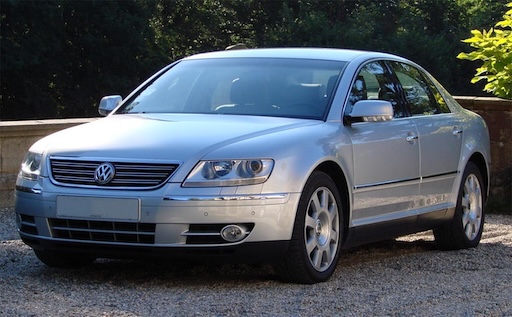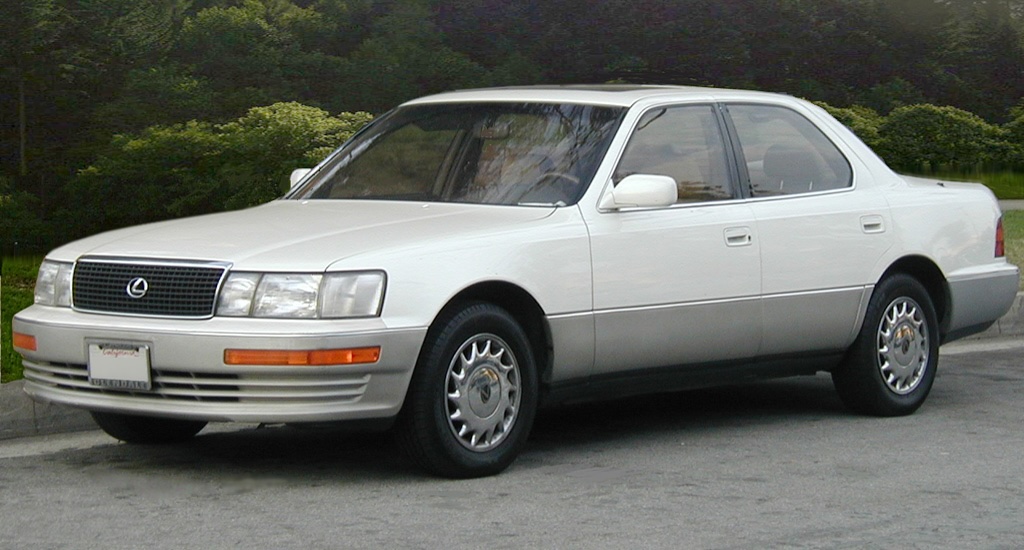A brand is an intangible asset that influences consumer choices through emotional connections and value propositions. A brand is built on long-term trust and perception. Destroying a brand is easy, but building one takes time and strategic effort. Changing the perception of an established brand is almost impossible.
Volkswagen and the Phaeton
Volkswagen attempted to enter the luxury car market with the Phaeton – a Luxury sedan, launched in 2002. Despite its advanced features, like air suspension and a W12 engine, the model struggled to gain traction and was eventually discontinued in 2016 due to low sales. Over its 15-year production run, approximately 84,253 Phaetons were sold worldwide. Considering that Volkswagen’s annual global vehicle deliveries ranged between 4.9 million and 10.2 million units during this period, the Phaeton accounted for a negligible fraction—less than 0.2%—of the company’s total sales. Consumers found it hard to justify the high price tag for a brand known for affordable cars — Volkswagen, often abbreviated as VW, stands for ‘people’s car’ in German, and has long been associated with affordable, practicality, reliability, and value.

Toyota and the Lexus
In contrast, Toyota, a successful brand known for affordable, reliable consumer cars with excellent service, decided to enter the luxury market by launching Lexus in 1989. Their first model, the LS 400, featured a quieter cabin, luxurious interior, and advanced technology, setting a new standard for luxury cars. By separating the luxury brand Lexus from Toyota, the company successfully created a distinct identity, allowing Lexus to be perceived as a true competitor in the luxury market, separate from its mainstream roots. The name ‘Lexus’ also played a crucial role, evoking a sense of luxury and sophistication, further distancing it from the Toyota brand.
Lexus has grown to become a significant contributor to Toyota’s overall sales. In 2024, Lexus achieved a record global sales figure of 851,214 units. Given that Toyota’s worldwide sales reached over 11 million vehicles in 2023, Lexus accounted for approximately 7.7% of Toyota’s total sales. Lexus vehicles are also priced significantly higher on average than Toyota’s mainstream models, which means Lexus contributes a disproportionately high share of revenue relative to its unit volume — highlighting the success of Toyota’s strategic brand positioning.

Conclusion
The contrasting fates of Volkswagen’s Phaeton and Toyota’s Lexus illustrate the importance of strategic brand positioning and identity. While both brands aimed to enter the luxury market, Lexus’s distinct branding allowed it to thrive, while the Phaeton struggled under the shadow of its parent brand. This comparison underscores that successful entry into a new market segment often requires not just product innovation but also a clear and separate brand identity to resonate with the target audience. This highlights that building a brand is exceptionally challenging, and once established, changing its perception is nearly impossible—especially within the same industry.

